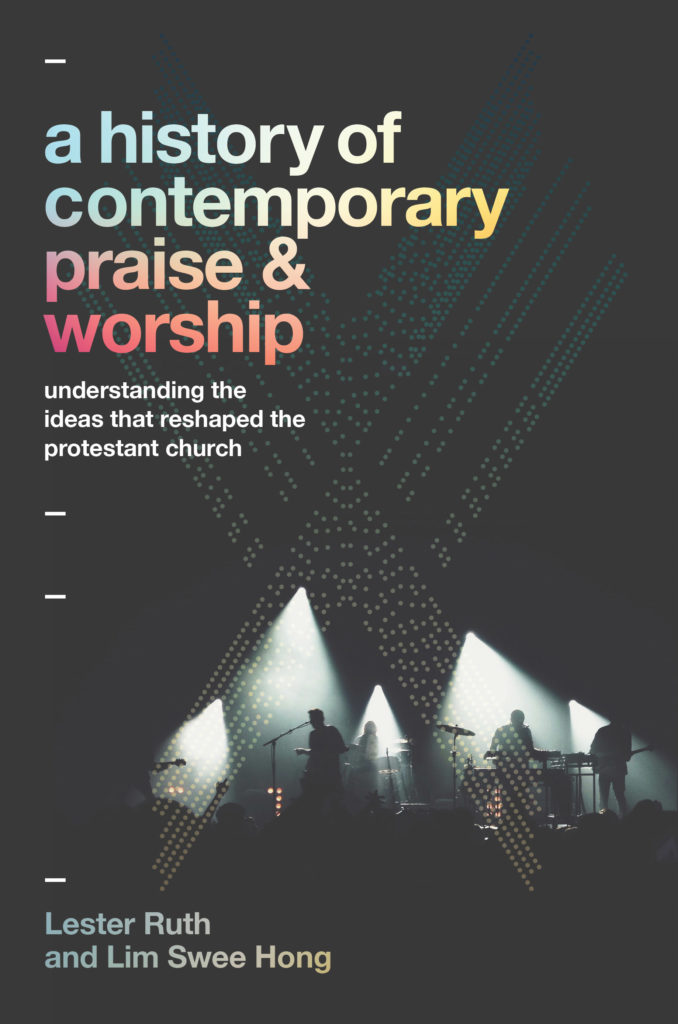As I have been preparing to teach a course on church music in the near future, I have been assembling a small library of books old and new. Some are practical, some philosophical, some historical. When I found out about the recently published (December 2021) book A History of Contemporary Praise & Worship I was intrigued, and when Scott Aniol recommended it, I knew I had to buy it.
A History of Contemporary Praise & Worship by Ruth and Lim is excellent. Confirms everything I’ve taught for years about the roots and nature of contemporary worship, meticulously documented from primary sources by objective historians not attempting to criticize the movement. pic.twitter.com/dhhCNphBac
— Scott Aniol (@ScottAniol) April 3, 2022
I will be clear in the start that I am no fan or supporter of either contemporary or praise & worship music in church worship. I do not even enjoy either privately. I don’t think I am the target audience of this book at all, but I thoroughly enjoyed it.
The reason I can enjoy this book along with those that do love these modern worship trends is because it is all dealt with fairly and at “face value”. The authors do a fantastic job of letting the people and events speak for themselves without providing commentary. It is honest, straightforward history, which is a rare thing in Christianity today. I personally could not write something like this, as I would want to point out along the way all of the fallacies and flaws I found in the movements.
The authors trace the origins of modern church music to two sources that they describe as “rivers”. The first is Praise & Worship (I am keeping the ampersand since they purposely use it), which traces back the Latter Rain movement, a controversial offshoot of Pentecostalism in the 1940’s that has been widely influential in more recent Charismatic movements. The second is Contemporary Worship which has many tributaries, like the Jesus People and the Church Growth movement, which all attempted to make religion more accessible or relatable to modern culture. By the late 1990’s these essentially merged into the approach used in so many churches today.
I would label the two sources as “Pentecostal” and “Pragmatic”. The first focuses on praising to the point God shows up and then intimately worshipping Him. It is founded primarily on a novel interpretation of Psalm 22:3 and some unfounded typological conclusions regarding the Tabernacle(s). It is based on human experience, emotion, and expression. The second focuses on relevance to the world outside the church. It is founded on a misconception that the church must continually adapt to culture and a rather extreme application of I Corinthians 9:22. It is based on comfort, camouflage, and compromise. (See why I just can’t be impartial?)
There is hardly a page in my copy that I did not underline a name or note some statement in the text or footnotes. There is truly a wealth of information here, most of which I believe would surprise or shock conservative Christians.
Well-written, well-researched, and well-received, this book is a great read for anyone interested in the origins of, not just the music, but of the landscape of modern American Christianity.
